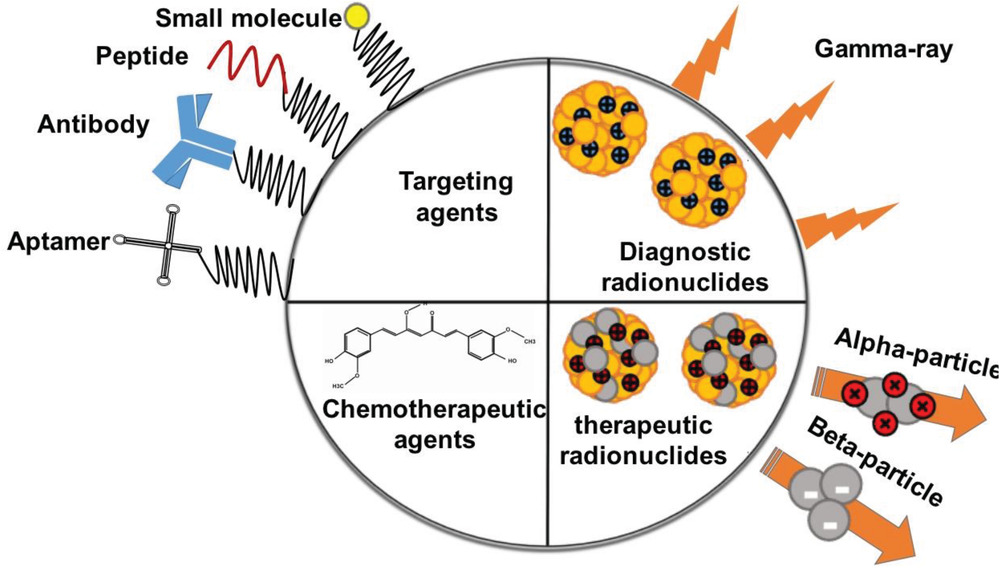
Harnessing the Power of Magnetic Nanoparticles: A Trifecta in Cancer Treatment, mRNA, and Dermatology
In the vast landscape of medical science, the convergence of nanotechnology and healthcare has given rise to revolutionary advancements. Among these, magnetic nanoparticles stand out as versatile entities with applications ranging from cancer treatment to mRNA delivery and dermatological innovations. In this comprehensive exploration, we delve deeper into each realm, uncovering the multifaceted potential of magnetic nanoparticles.
Magnetic Nanoparticles in Cancer Treatment
The fight against cancer has witnessed a paradigm shift with the advent of magnetic nanoparticles. At the forefront of this transformation is their role in targeted drug delivery. These nanoparticles, typically measuring less than 100 nanometers, can be functionalized with anti-cancer drugs and guided precisely to tumor sites using external magnetic fields. This targeted approach mitigates damage to healthy tissues, enhances treatment efficacy, and reduces the often debilitating side effects associated with conventional chemotherapy.
The beauty of magnetic nanoparticle-based drug delivery lies in its precision. Unlike traditional chemotherapy, which affects both cancerous and healthy cells indiscriminately, this method ensures that the therapeutic payload reaches its intended destination—cancer cells. This targeted delivery not only maximizes the impact of the treatment but also minimizes collateral damage, potentially revolutionizing cancer care.
Another facet of magnetic nanoparticles cancer treatment is their role in hyperthermia therapy. By introducing an alternating magnetic field, these nanoparticles generate heat, leading to localized hyperthermia. The controlled rise in temperature selectively destroys cancer cells while sparing surrounding healthy tissue. This therapeutic strategy has shown promise in various cancer types, including breast, prostate, and brain tumors. The ability to induce hyperthermia precisely at the tumor site underscores the versatility and potential impact of magnetic nanoparticles in the evolving landscape of cancer treatment.
Nanoparticles in mRNA: A Revolutionary Combination
The fusion of nanoparticles in mrna technology has given rise to a revolutionary combination that is transforming the landscape of vaccine development and beyond. mRNA, or messenger RNA, serves as the instructional code for cellular activities, and nanoparticles play a crucial role in ensuring its effective delivery.
The recent success of mRNA vaccines against infectious diseases, most notably the COVID-19 vaccines, serves as a testament to the potential of this innovative approach. Nanoparticles act as efficient carriers for mRNA, protecting it from degradation and facilitating its entry into cells. This protective shield not only ensures the stability of the mRNA but also enhances its cellular uptake, paving the way for the development of highly effective vaccines.
Beyond vaccines, the marriage of nanoparticles and mRNA opens avenues for precision medicine. Tailoring treatments based on individual genetic profiles becomes more feasible, offering personalized therapies with enhanced specificity and effectiveness. This marks a significant departure from the one-size-fits-all approach, ushering in an era where medical interventions can be finely tuned to the unique genetic makeup of each patient.
Nanotechnology in Dermatology: Transforming Skin Care
In the field of dermatology, nanotechnology has emerged as a transformative force, offering innovative solutions for skin health and treatment. Nanoparticles, with their unique properties, enable enhanced drug delivery, improve sunscreen formulations, and contribute to novel diagnostic techniques.
One of the notable applications of nanotechnology in dermatology is in the targeted delivery of therapeutic agents. Nanoparticles allow for precision in delivering medications to specific layers of the skin. This targeted approach enhances the effectiveness of treatments for conditions such as psoriasis, eczema, and skin cancer while minimizing systemic side effects. The ability to navigate through the intricate layers of the skin with precision positions nanotechnology as a game-changer in dermatological care.
In the realm of sun protection, nanotechnology has revolutionized sunscreen formulations. Nanoparticles, particularly zinc oxide and titanium dioxide at the nanoscale, play a pivotal role in modern sunscreens. Unlike their larger counterparts, these nanoparticles provide broad-spectrum protection against harmful UV radiation without the undesirable chalky appearance associated with older formulations. This advancement not only enhances the user experience but also contributes to more effective sun protection.
Conclusion
The integration of magnetic nanoparticles in cancer treatment, the marriage of nanoparticles with mRNA technology, and the application of nanotechnology in dermatology collectively represent a seismic shift in healthcare. These innovative approaches hold the potential to revolutionize how we diagnose, treat, and prevent diseases, marking a new era in the intersection of nanotechnology and medical science. As we continue to unlock the full potential of magnetic nanoparticles, their impact on these diverse fields is poised to shape the future of medicine and healthcare delivery.
